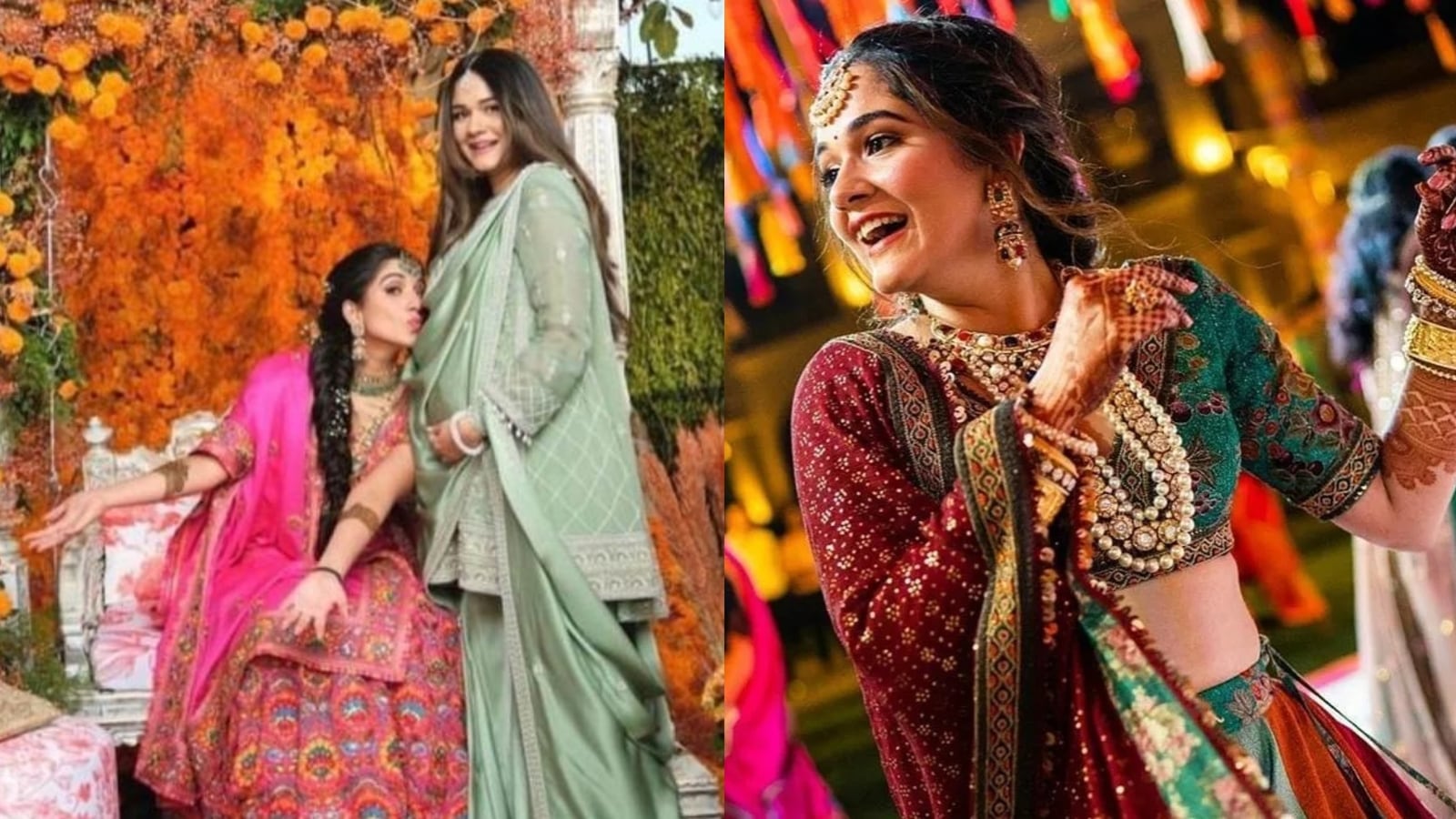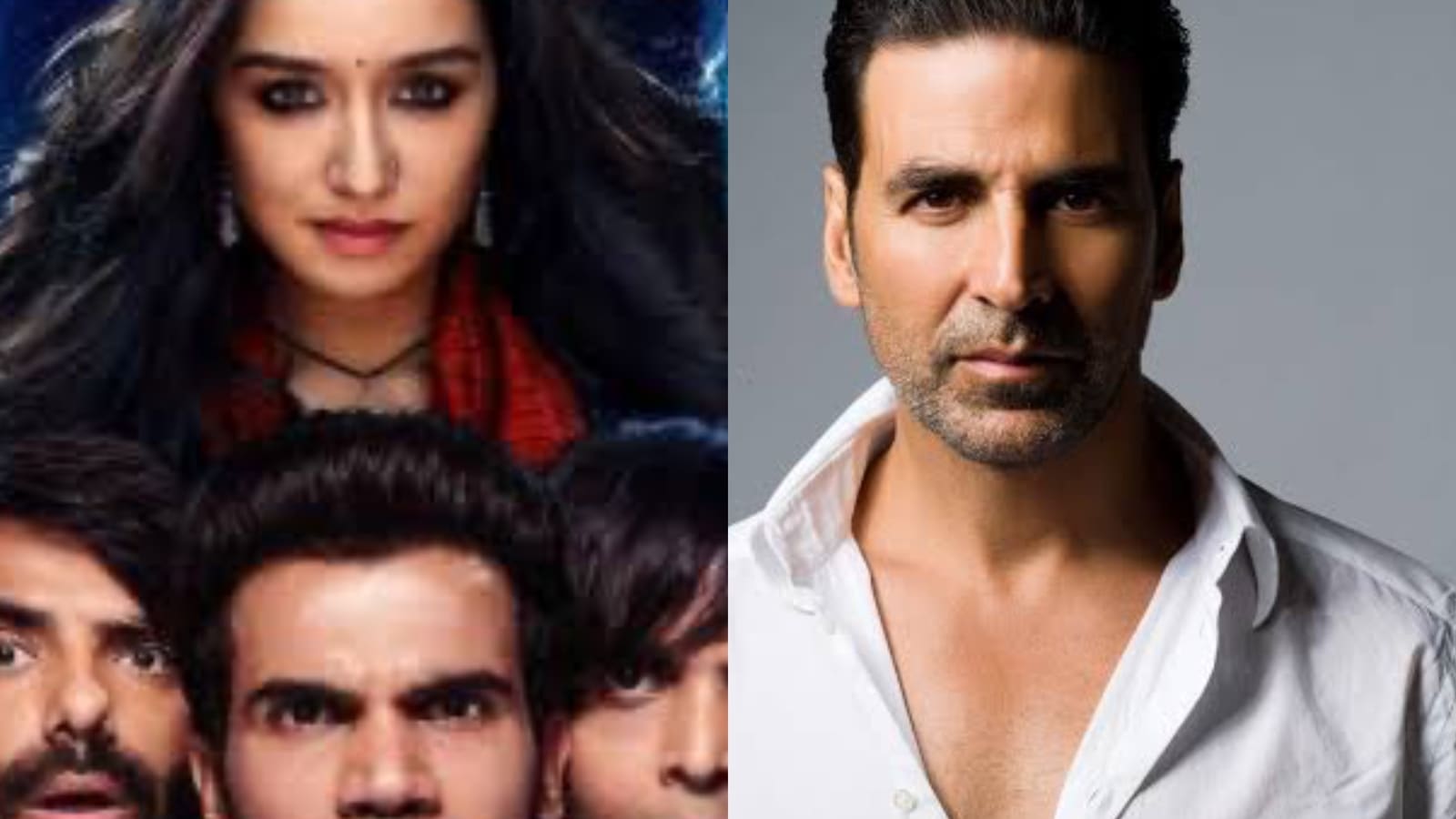The Evolution of OTT: From Binge-Watching to Episodic Engagement
Over-the-top (OTT) streaming platforms emerged as a revolutionary force in the entertainment landscape, offering viewers the unprecedented freedom to consume content on their own terms. Initially, OTTs were synonymous with binge-watching, a phenomenon where viewers would devour entire seasons of their favorite shows in one extended sitting. However, the streaming landscape has undergone a subtle yet significant shift in recent times, with platforms experimenting with the episodic format for their new productions.
This departure from the binge-watching norm is not entirely uncharted territory. Shows like Out Of Love season 2 (2021) and Aakhri Sach (2023) starring Tamannaah Bhatia have previously employed the weekly drop format. R Madhavan's Breathe ingeniously merged the binge-watching and episodic approaches, releasing half the season in one go and the remaining episodes on a weekly basis. Concurrently, shows like Baarish and Kehne Ko Humsafar Hain have adopted a daily drop format akin to traditional television broadcasts.
The Enduring Appeal of Episodic Storytelling
The episodic format, once the mainstay of television viewing, is experiencing a resurgence on OTT platforms. By releasing new episodes on a regular schedule, platforms are fostering a sense of anticipation and engagement among viewers, who eagerly await the next installment of their beloved shows. This sustained commitment not only extends the audience's connection with the platform but also cultivates a habit of regular OTT viewing, a departure from the sporadic nature of binge-watching.
Saugata Mukherjee, Content Head of Sony LIV, acknowledges the significance of the episodic format in shaping viewing habits. He observes that daily television viewing remains deeply ingrained in Indian culture, and episodic releases on OTT platforms are effectively bridging the gap for those who have transitioned from traditional television. While viewers enjoy the flexibility of watching episodes at their leisure, unlike the rigid schedules of live television, the episodic format instills a sense of regular engagement and community among viewers.
Experimentation and Adaptation: The Changing Landscape of Streaming
The episodic format is not merely a throwback to the past; it represents a deliberate strategy by platforms and content creators to adapt to the evolving preferences of audiences. Gaurav Banerjee, Content Head of Disney Hotstar, emphasizes the experimental nature of the streaming industry, allowing platforms to explore different approaches, gather insights, and refine their offerings.
Episodic releases, Banerjee argues, maintain viewer engagement throughout the season as the story unfolds and characters develop. This approach not only enhances the user experience but also aligns with the audience's desire for fresh and immersive content.
Creative Liberation and Storytelling Innovation
From the perspective of content creators, the episodic format offers a welcome degree of creative freedom. Jai Mehta, director of Lootere, asserts that while the format may not be entirely novel in the Indian television landscape, it possesses transformative potential within the OTT ecosystem. He envisions it as a catalyst for transitioning from solitary binge-watching to shared experiences and real-time engagement.
Anshuman Kishore Singh, director of Adrishyam and a veteran of the long-running television show Crime Patrol, embraces the creative liberation that OTT offers. He finds that the episodic format empowers creators to explore uncharted territories without the constraints of traditional television broadcasting. Singh believes that this format is gaining traction due to its effectiveness in captivating audiences and its suitability as a bridge for television viewers transitioning to OTT platforms.
Noel Smith, director of Raisinghani Vs Raisinghani, has experience in both television and OTT episodic formats. He observes that the introduction of this format on OTT platforms has generated a perception of novelty and exclusivity among viewers. They eagerly anticipate new episodes, particularly among younger audiences. Smith acknowledges that the episodic format may not significantly alter overall viewership, as binge-watching and episodic shows cater to distinct audience preferences. However, he recognizes the willingness of audiences to experiment with new formats.
The Rise of Appointment Viewing: A New Era of Audience Engagement
Jennifer Winget, an accomplished actress, wholeheartedly endorses the episodic format. She highlights the appointment viewing aspect of shows like Raisinghani vs Raisinghani, where viewers eagerly await the release of new episodes on a regular schedule. Aamir Ali, another prominent actor, notes that while the episodic format does not substantially alter the filming process, it offers a distinct creative experience compared to television production. As a viewer, Ali initially harbored reservations about the episodic format, being accustomed to binge-watching. However, he has been pleasantly surprised by the positive reception of Lootere, which has consistently ranked among the top-rated OTT shows.
Conclusion: A Dynamic and Evolving Landscape
The streaming landscape is in a state of constant flux, with platforms and content creators relentlessly exploring new approaches to engage audiences. The episodic format, once the cornerstone of television viewing, is now finding a foothold on OTT platforms. By fostering anticipation, encouraging regular engagement, and providing creative freedom for storytellers, the episodic format is poised to transform the OTT viewing experience. As the industry continues to evolve, it is certain that both binge-watching and episodic formats will coexist, catering to the diverse preferences of a discerning audience.




